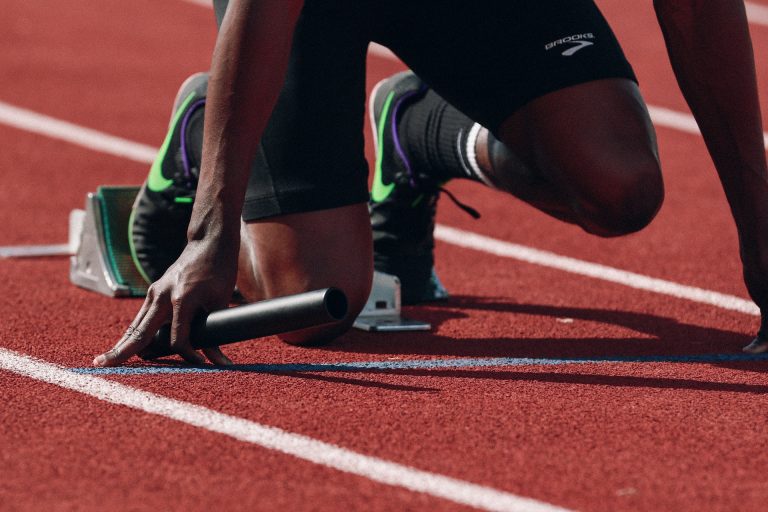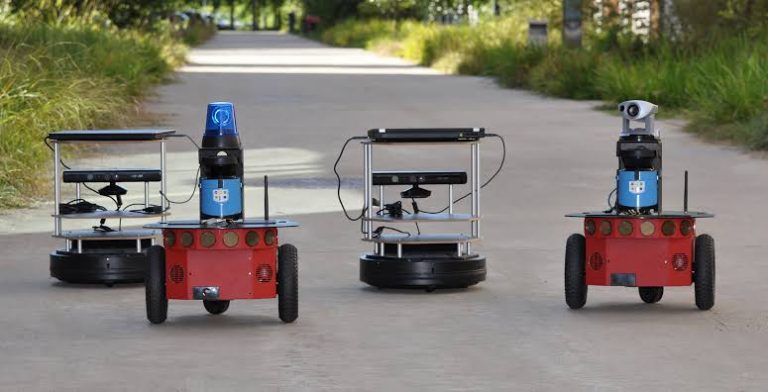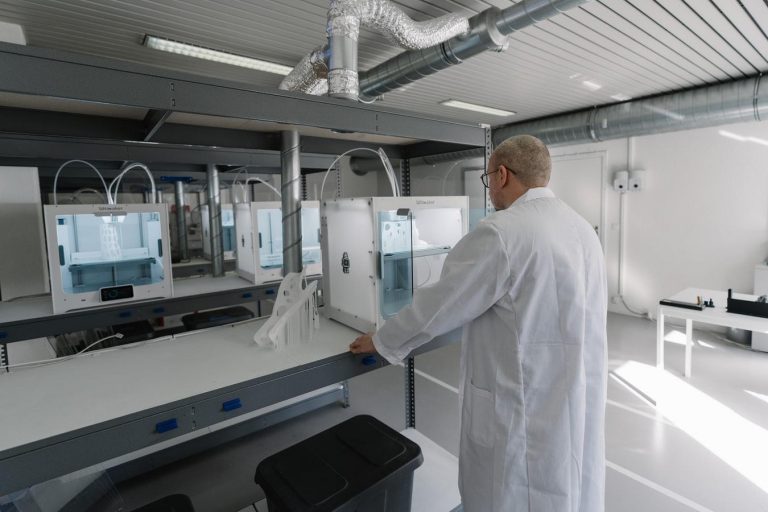What do you call a broken leg that you can see?
If you can see the bone when it’s broken — either because there’s a cut over the fracture or the bone is sticking out through the skin — it’s called an open fracture. This is sometimes called a compound fracture. Breaking your femur takes a lot of force, so it’ll probably be obvious if you break it.
What happens to the knee when you break your leg?
At the knee, the leg can swing frontward, backward, and rotate slightly. The kneecap (patella) glides back and forth in front of the knee joint. The kneecap suspends the ligaments from the thigh muscle and helps to add leverage for straightening out the leg.
How are X-rays used to diagnose broken legs?
If bone is exposed through the skin, the diagnose is literally staring you in the face. An X-ray is ordered and will confirm the diagnosis of a broken leg. X-rays not only give the diagnose but will help to guide treatment. As we will discuss in a minute, a broken leg is treated based on the fracture pattern, not all breaks are the same.
How is a bone held in place in a broken leg?
1) Traditionally these fractures were held in place with a metal plate and screws. An incision was made over the fracture and the plate bridged the fracture site and held the bone in the correct position while the fracture healed.
If you can see the bone when it’s broken — either because there’s a cut over the fracture or the bone is sticking out through the skin — it’s called an open fracture. This is sometimes called a compound fracture. Breaking your femur takes a lot of force, so it’ll probably be obvious if you break it.
How is a broken hip different from a broken leg?
At this joint, it can move frontward, backward, sideways, and even rotate in and out. When people speak of a “broken hip,” it’s this upper part of the femur that’s broken. The lower end of the femur rests on top of the tibia, forming the knee joint. At the knee, the leg can swing frontward, backward, and even rotate slightly.
Can a Labrador Retriever tear a cruciate ligament?
Kurt Schulz, D.V.M., M.S., DACVS, associate professor of surgical and radiological sciences at the University of California-Davis School of Veterinary Medicine, says, “Labradors tend to be active dogs that take part in a wide-range of sports. CCL tears are very common in Labs.
Where does the kneecap connect to the tibia?
Patella. The kneecap (patella) glides back and forth in front of the knee joint. The kneecap connects your thigh muscle to the tibia. It also helps protect your knee. Tibia. This is the shinbone. It supports your body’s weight. Fibula. The bone runs alongside the tibia below your knee.










